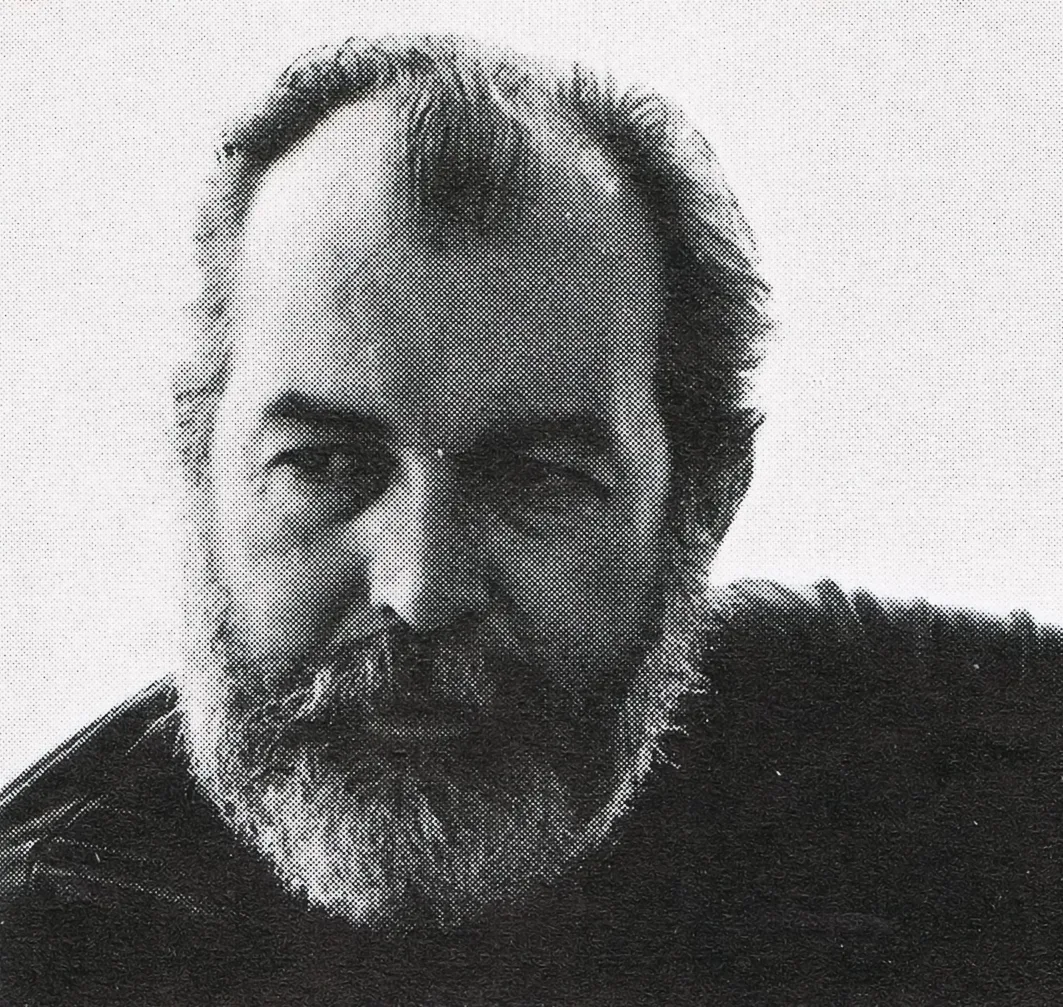In my previous article about the design work produced for Insituto di Tella, I touched upon the artists Juan Carlos Distéfano, Ruben Fontana and Juan Andralis. After further research, I found a suite of other designs they had produced, including exhibition posters, concert programmes and record sleeves.


